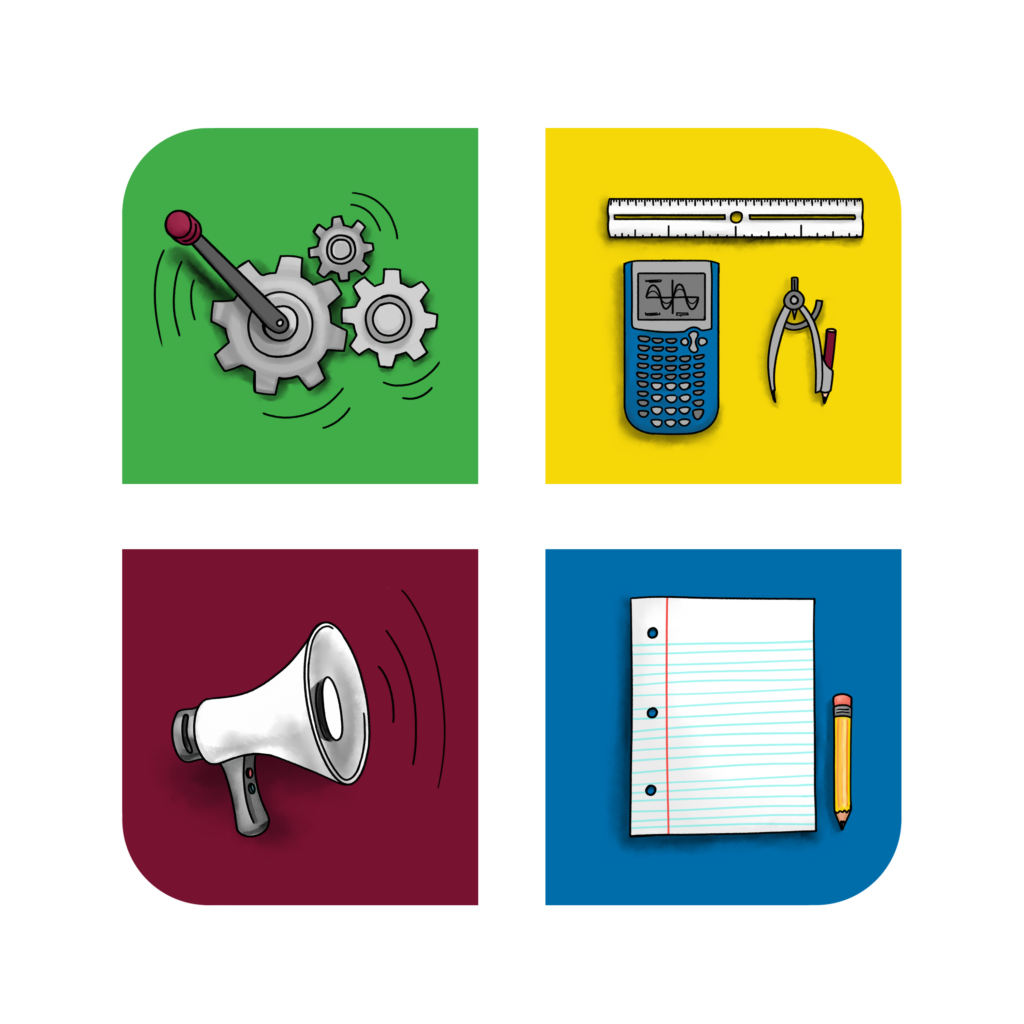John Hayes, Eagle River, WI johnhayes@cpm.org
As a result of doing a few book studies – White Fragility, Culturally Responsive Teaching and the Brain, and Why Are All the Black Kids Sitting Together in the Cafeteria – I have been reflecting on how I can take action against inequity when I see it. I decided to create a list of actions and language that I would watch for, with a plan for how I can disrupt those things. My list is short right now and variable so that it is meaningful and effective, but also because different situations call for different responses.
During the month of January, I considered how I might use my action plan during Implementation Support Visits. We often think about Implementation Support Visits as opportunities to problem solve with teachers but I also see them as an opportunity to empower teachers. I have gotten in the habit of asking two questions at the beginning of each debrief during these visits. These questions not only push teachers to recognize positive things that happen in their classrooms but also encourage them to continue to take purposeful action. The first question focuses on positive changes: What student behaviors or practices would you like to celebrate since the last visit? As teachers tell me things like, “My students’ written justifications are better” or “My students’ discussions are better”, I take notes and prepare for my follow-up question. Then I ask, How did you make that happen? Teachers usually pause after this question as they realize that the change in their practice has had an impact on their students’ learning. When they are able to provide a list of practices, expectations, and strategies they have used to create this change in student behavior, I ask them to write these down. This list of practices then becomes non-negotiable expectations in their classrooms.
The second question I ask, which is a result of my own reflection mentioned above, is, What student behaviors or practices would you like to disrupt in your classroom? The teacher may say things such as being off task, apathy, refusing to work in a team, or even status problems. The teacher and I then brainstorm some actions that the teacher can take when they witness these behaviors. Because I used the word “disrupt”, this set of student actions then becomes a list of behaviors for which immediate action is required.
One of the behaviors on my own disrupt list is using deficit language. Whenever I hear a teacher say things like “This is my low class” or “This student is one of my low students,” I say something to address it. For example, I will ask the teacher to pause for a second, and I will explain that they just used deficit language. I am transparent about why I am confronting them about their language. I will say, Deficit language is on a list of things I have pledged to disrupt. This process is uncomfortable, but I have to stay true to my core values.
I think all of us, whether we are teachers or not, could have a list of things that we pledge to disrupt. For example, when we hear language with implicit biases against specific groups of people (intentional or not), we should and can disrupt that language, whether we hear it in a classroom, school, or even a company meeting. What can you disrupt? Make a plan for how you follow through.
